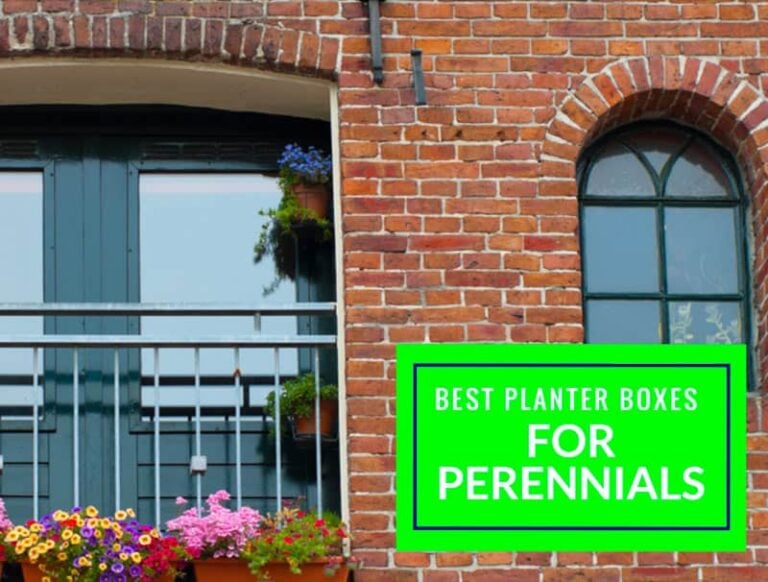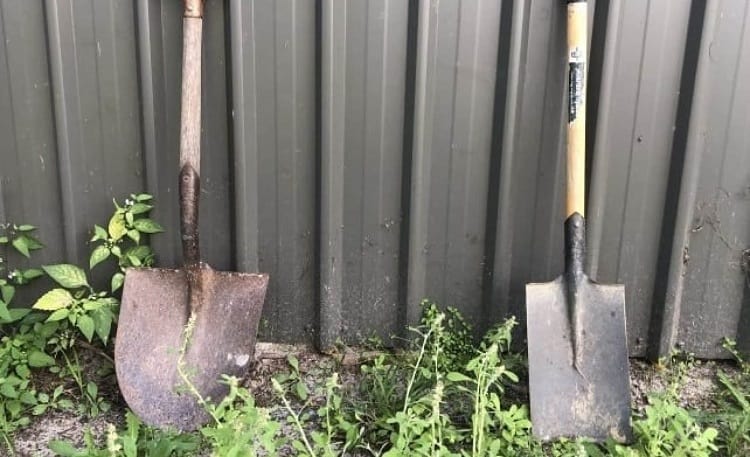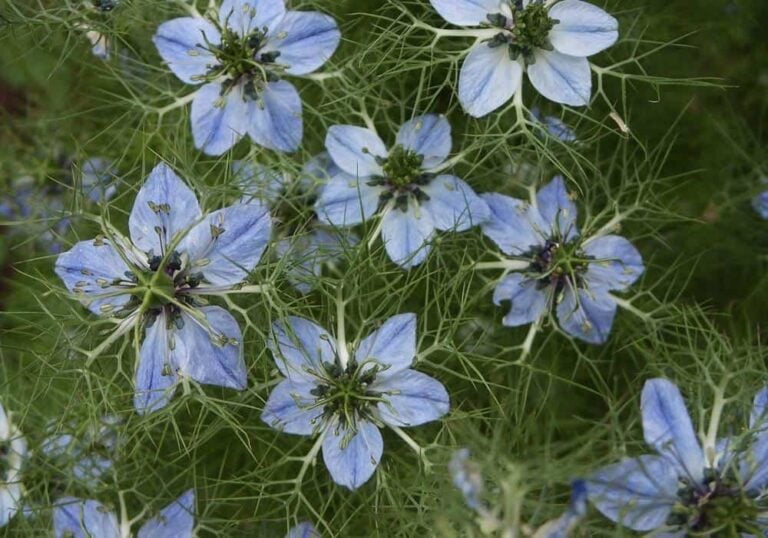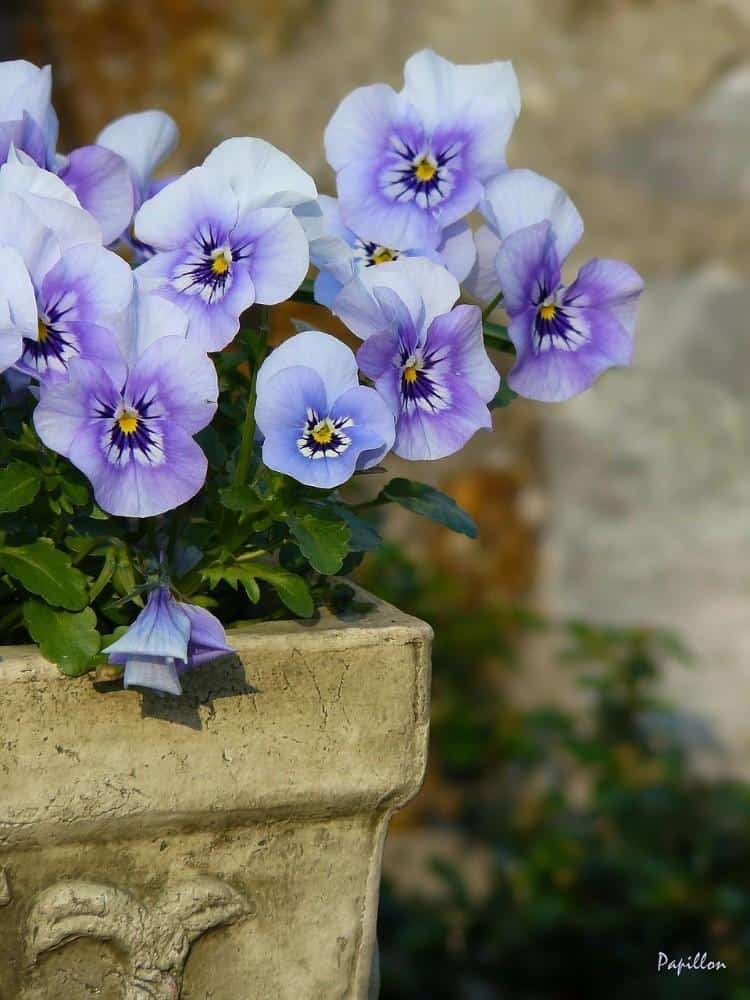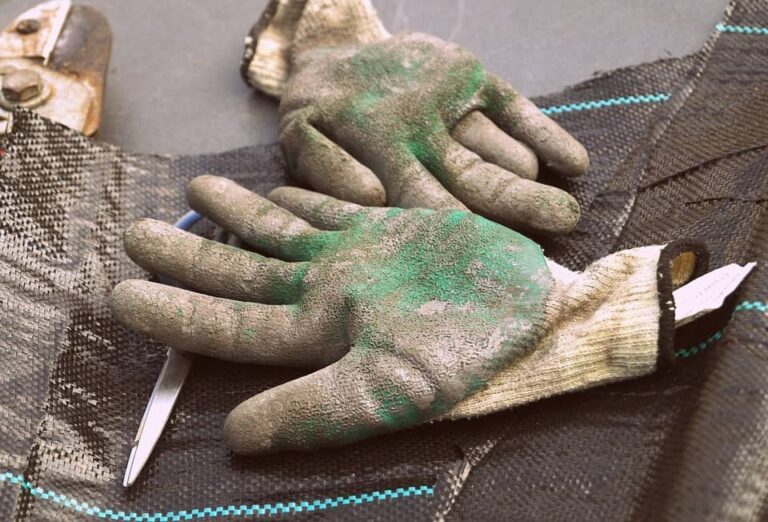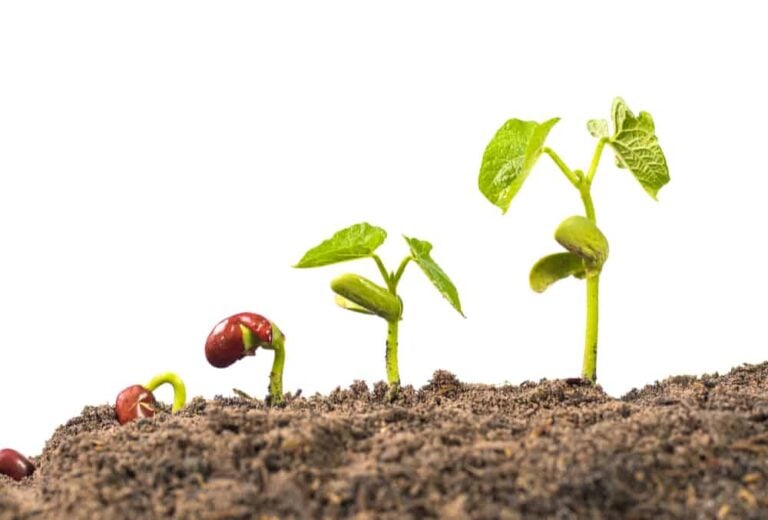Growing Oregano: Care & Tips
Oregano is easy and fast to grow in sunny, warm climates. Plant oregano near other herbs and vegetables in well-draining soil in a sunny location. Plant oregano seed 6 to 10 weeks before the last spring frost, spacing them 8 to 10 inches apart. Cover them slightly with soil and water; no fertilization is needed. Cut back oregano plants to encourage bushier and taller growth. Keep them slightly watered to prevent rot, and check frequently for signs of pest infestation. Harvest oregano by cutting the stems above a set of leaves. Dry and store leaves in a dry, dark location.
Where is the Best Place in the Garden for Growing Oregano?
Oregano grows best in plenty of sunlight in mild climates. In sunnier, warmer locations, it will need a little bit of shade through the day for less intense sunlight. Its soil should be well-draining, with a pH between 6.5 and 7.0. You can use an appropriate compost to make it more alkaline or acidic, if needed.
Oregano grows well near most other herbs. It can also help brighten up your garden aesthetically by tying it in with your landscaping. Plant it along walkways or strategically within your garden to provide height and greenery.
When and How to Plant Oregano
Oregano grows best during months with plenty of warmth and sun, so determine when the best season is for your region. Most regions can benefit from planting seeds about 6 to 10 weeks before the last spring frost usually hits, so they can get a head start on germinating. If you don’t want to risk possible extreme weather, wait until later in the spring to plant.
You can also use cuttings from other established oregano plants. Cuttings should be planted after the last spring frost, as they can die off easily in extreme weather conditions.
Make sure you have plenty of space to plant your seeds or cuttings about 8 to 10 inches apart. Then, dig the soil before planting and add in some compost or fertilizer, if desired. Oregano plants grow wide and tall, so they need plenty of space for their rooting systems. They grow well alongside most other vegetables in the garden, too.
You can begin growing oregano seeds indoors, if you prefer. After the seedlings form and the risk of frost has passed, you can transfer seedlings to your garden.
To plant seeds indoors, simply place them on top of soil. Oregano seeds do not need to be covered with soil if there isn’t risk of outdoor elements. You want to use a water bottle (or anything) to mist them and then use some plastic to cover your plants. Place them in a sunny window and keep the soil moist. Gary Pilarchik demonstrates how to begin growing oregano indoors:
If you’re planting outdoors, space your seeds properly and cover them with a light layer of soil. Lightly water the soil only if it’s dry to the touch.
Caring for Oregano
Oregano does not need much water. You should only have to water it once the soil becomes dry. It’s also not necessary to add fertilizer, as the soil’s nutrients should be plenty.
Oregano tends to grow fast and spreads easily. Some gardeners prefer to cut back their oregano plants to about ⅓ of their size in late spring, after several weeks of growth. This thins out the plants to allow them to get bushier and taller, rather than wider.
In mild climates, oregano fairs well throughout the year. In colder climates with harsher winter temperatures, mulching around your oregano plants will help maintain a more consistent temperature. You may also consider covering them with row protectors to maintain warmth.
When the following spring arrives, check your plants for any dead stems and snip them to encourage new growth from your plants.
Preventing Disease and Pests
Oregano is susceptible to some diseases and pests which typically harm leafy plants. Aphids are one of the most common pests you’ll find on oregano plants. These tiny insects hide underneath the leaves of oregano plants, which they feed on.
Aphids come in a variety of colors, and may even blend in with oregano’s green leaves. It may be difficult to notice them until you have a severe infestation. You may notice misshapen, discolored, curling, or holey leaves. Aphids can carry diseases and cause further harm to oregano plants than simply chewing through their leaves.
Aphids can be removed from leaves fairly easily by spraying your plants with water. Or, dust your oregano plants with flour, which will eventually kill them off. Then, coat oregano plants with canola oil or an insecticidal soap to prevent further infestation.
A common oregano plant disease is root and stem rot. This is typically caused by bacteria or fungi in the soil from improper aeration and too much water. Proper spacing, preventing over-watering, and pruning oregano plants can help prevent rotting. If you don’t have well-draining soil, you should consider using raised garden beds to help drainage.
Harvesting and Storing Oregano
You can harvest oregano for a good portion of the year once the plants have become established. During winter months, the plants may die off, so it’s best to harvest before this time. Also, harvesting as flower buds appear can produce the best flavor. Harvesting in the morning after dew has dried for the highest concentration of essential oils.
You can use shears to harvest oregano, cutting the stem right above a set of leaves so it can produce more after harvest. Rinse them thoroughly to remove any soil, and allow them to dry.
Before you store oregano, you must put it through a drying process. The easiest way to do this is to bundle several stems together, tie them, and hang them upside-down in a dry, dark location of your home. You can place a paper bag with small holes around them to help catch any leaves that may come off during drying.
When stems become stiff, you can crumble the leaves off and store them in a glass bottle or airtight plastic container in a dry, dark location.

